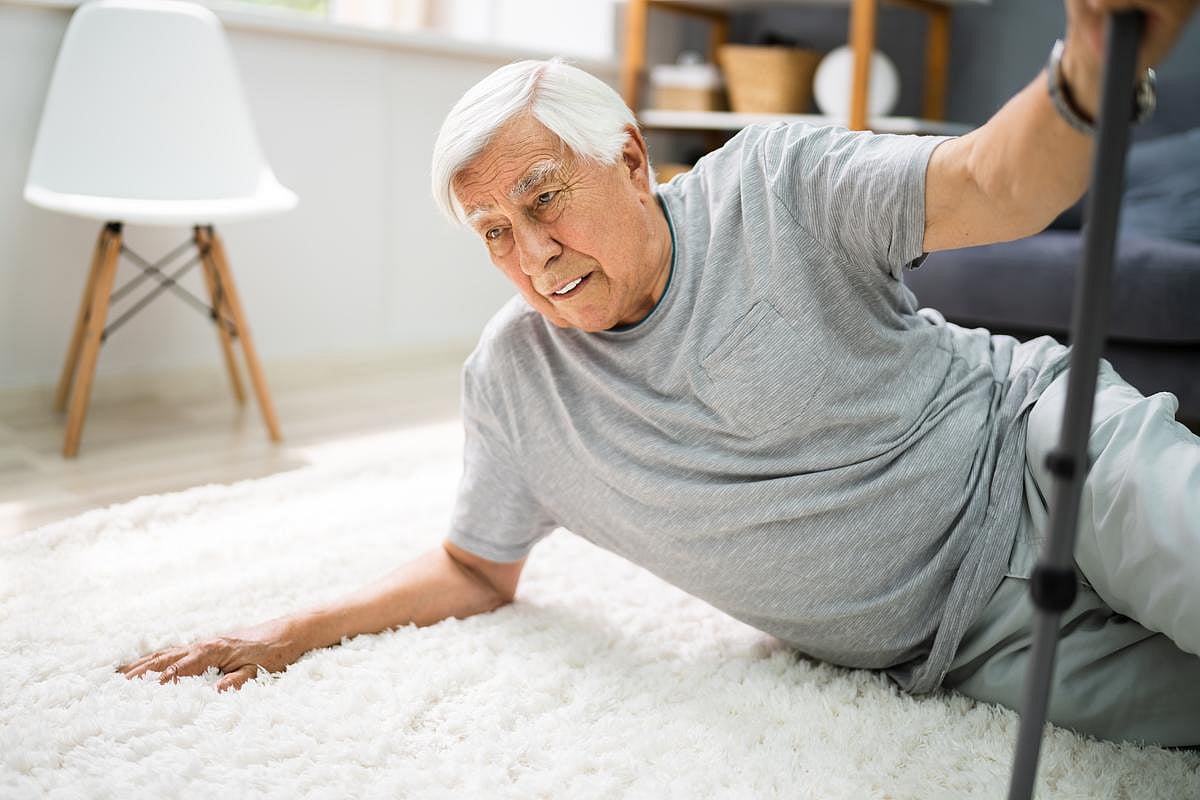(330) 876-1228
8507 Main StreetKinsman, OH 44428
(330) 876-1229

Seniors might be more prone to bone-breaking falls because they are unable to react quickly enough to regain their balance, a new study says.
When a person starts to slip and fall, their natural response is to raise their arms in an attempt to restore balance.
But seniors 65 and older throw out their arms more slowly when slipping than young folks, increasing their odds of a tumble, according to results recently published in the journal Scientific Reports.
Worse, this slow response makes it more likely they'll fall to the side and sustain a hip fracture, researchers said.
If these findings are validated, then adding arm exercises to fall prevention programs could help protect older folks from debilitating fractures, senior researcher Jonathan Lee-Confer, an assistant professor of physical therapy at the University of Arizona, said in a news release.
“We know older adults lose mass in the shoulder muscles used for these types of arm movements,” he said. “This is about using physical therapy to extend someone’s quality of life.
Falls are the leading cause of nonfatal and fatal injury among American seniors, researchers said in background notes.
For the new study, researchers watched 11 seniors (average age: 72) and 11 young adults (average age: 26) walk around under everyday conditions.
Everyone tended to throw their arms out during slips of similar severity, researchers found.
But seniors were, on average, 58% slower than the young adults, results showed.
Faster, more explosive arm movements helped limit body movement during a slip, with just 1/25 of a second making a major difference in how much people’s bodies shifted sideways, researchers added.
“It’s actually quite a bit – about an inch to the side,” Lee-Confer said. “So if someone is delayed with their arm movement, they are going to fall more toward the side than if they were able to react quickly.”
Up until about seven years ago, it was commonly thought that slips caused people to fall backward, Lee-Confer said.
However, new research has found that many people fall to the side, which can increase a senior’s risk of a hip fracture, he said.
“When an older adult fractures their hip, it can only be from a sideways fall, not purely backward,” Lee-Confer said.
Future research should examine whether dumbbell raises or other arm-strengthening exercises could improve balance reactions to slips, the paper suggests.
Balance-correcting arm movements happen almost as quickly as an automatic reflex, Lee-Confer noted. Having existing strength to draw upon might speed up reaction times.
“I like the idea of being able to give somebody more years of protection from these debilitating injuries,” Lee-Confer said.
More information
The National Institute on Aging has more about falls and fractures in older adults.
SOURCE: University of Arizona, news release, July 1, 2025
